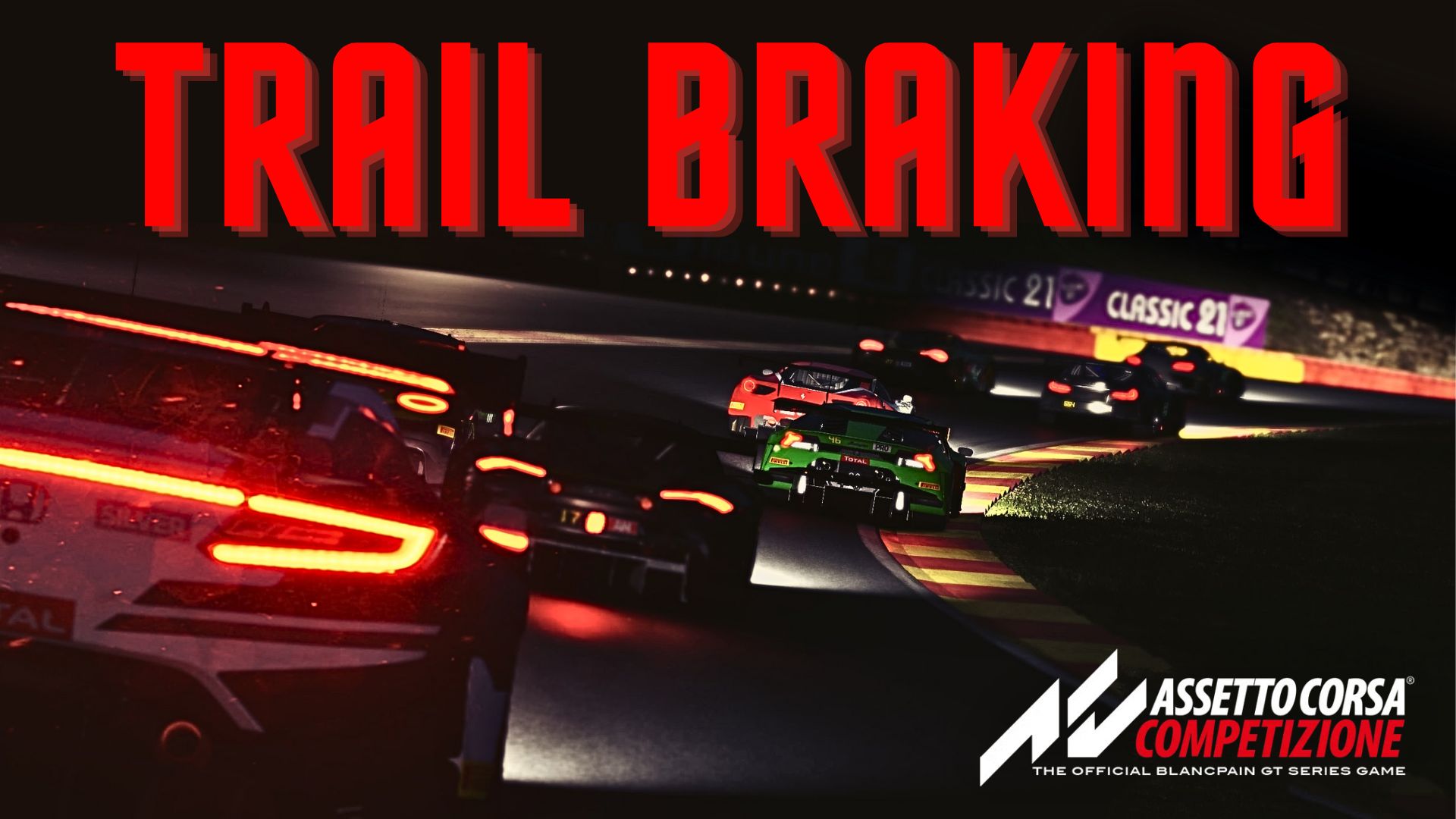Welcome to a new blog post by our Setup and Telemetry Expert, Massimo Zecchinelli in which we take a look at trail-braking in Assetto Corsa Competizione.
When it comes to improving your driving skills, especially on the track, one crucial aspect is braking technique.
Many aspiring drivers focus on braking as late as possible, seeking the farthest braking point and applying maximum pressure, regardless of the curve type.
However, this is almost never the best strategy.
The real art of braking isn't about waiting until the last possible moment but finding the right spot to apply decisive brake pressure.
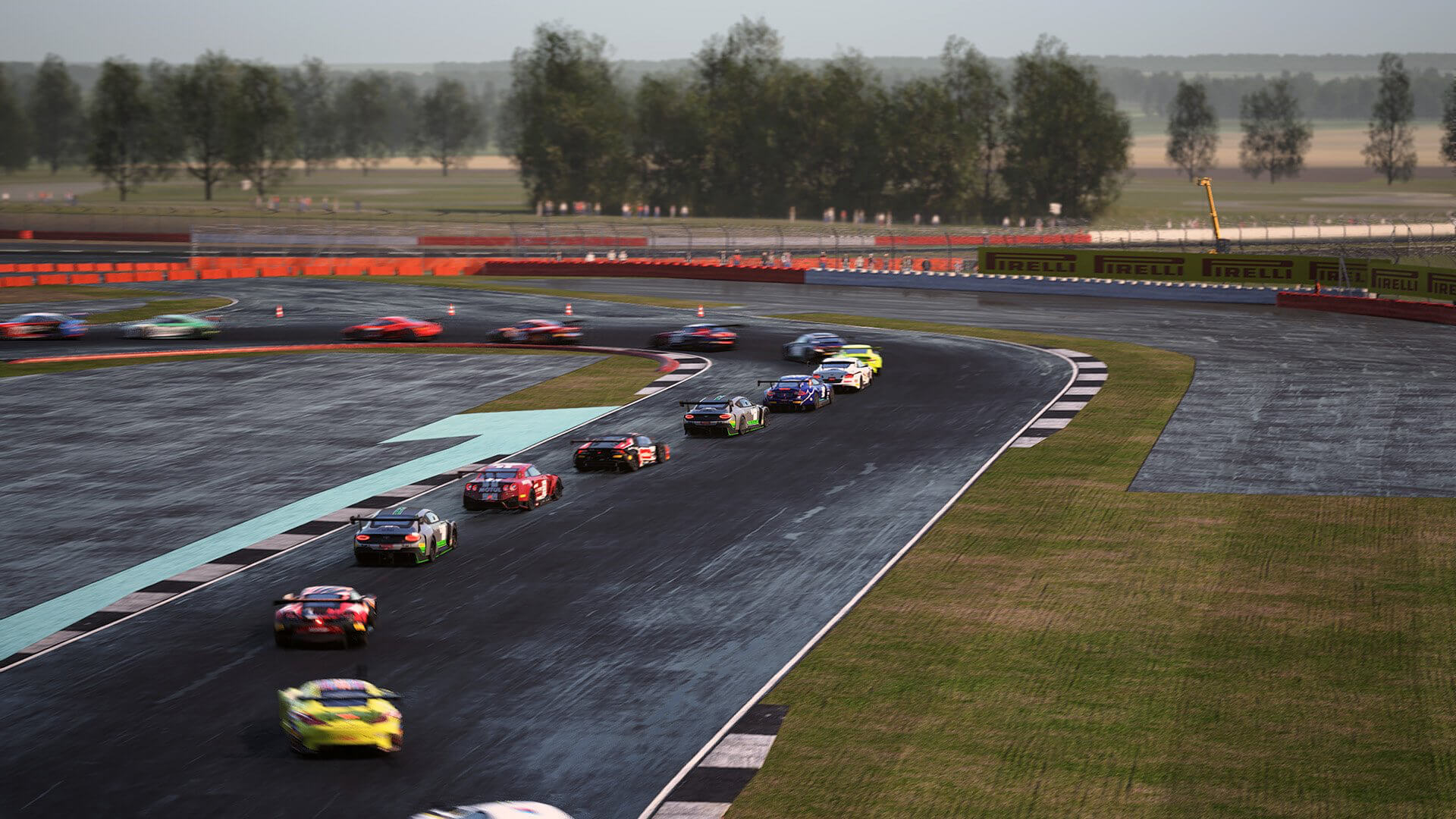
We’re not just talking about physical reference points on the track, like signs indicating a certain distance from the curve.
It's also important to feel comfortable with the pressure you apply to the brakes and know when to release it.
If you find yourself having to maintain maximum brake pressure beyond the ideal point of corner entry, you’ve probably braked too late.
The goal is to find a balance where you can start braking at a point that allows you to decelerate effectively and release the brakes before or during the corner entry.
This helps maintain control of the car and drive more smoothly, adapting your braking to the specific characteristics of the curve and the car.
Another crucial aspect of braking is managing the car's balance, especially in relation to brake use.
When you brake too hard or too late, the car controls you instead of the other way around.
The secret is to keep the car under control at all times, especially during braking and corner entry.
The aim is to establish a brake release point that allows for optimal balance and weight distribution, regardless of the type of car you’re driving.
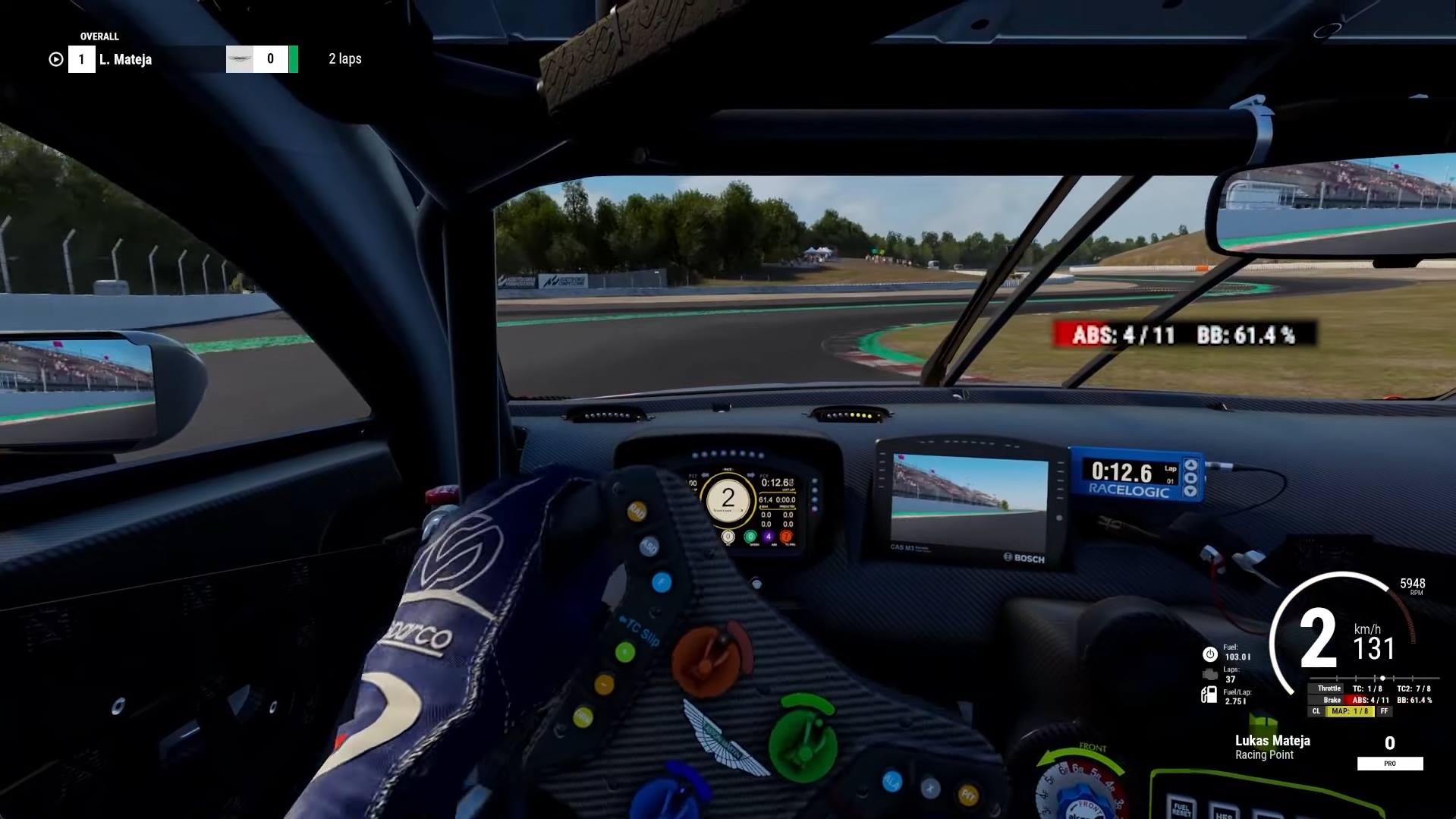
When entering a curve, it’s vital not to overload the front wheels.
If there's too much load on the front axle, the car can understeer, with the front wheels losing grip and the car failing to turn as it should, continuing straight instead.
On the other hand, if there’s too much load on the front axle and the rear becomes too light, it can lead to oversteer, with the rear wheels losing grip and the car starting to spin, potentially resulting in a spin-out.
To avoid these situations, it’s crucial to learn how to shift the load during the curve by releasing brake pressure and starting to turn the steering wheel to progressively transfer the load to the outer wheels.
This will allow you to maintain better control of the car, ensuring both the front and rear wheels maintain optimal grip, guaranteeing a smoother and safer cornering trajectory.
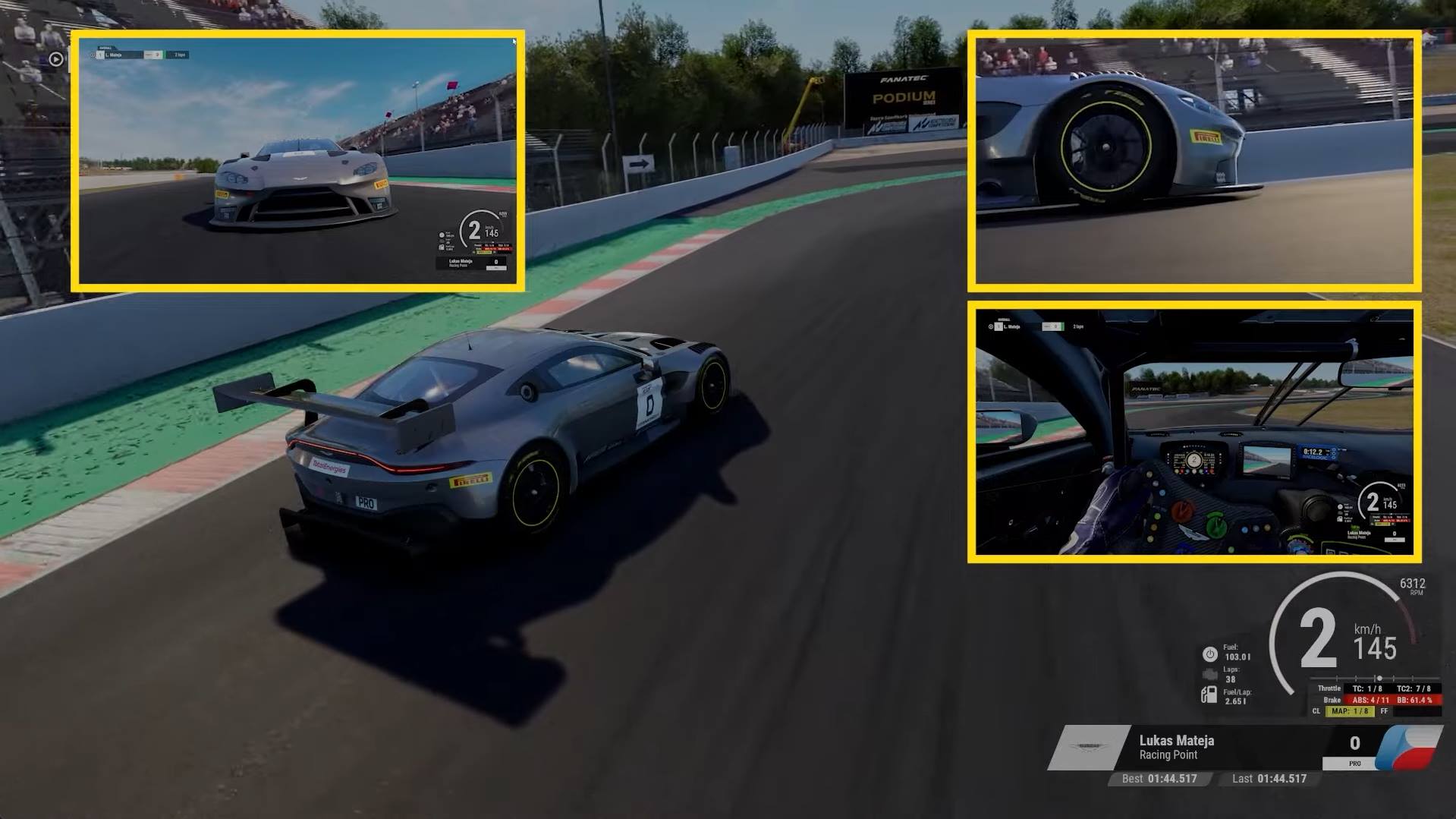
This, in essence, is Trail Braking, a highly advanced driving technique that requires a lot of practice to master.
When used correctly, it can drastically improve the speed and stability of the car in curves.
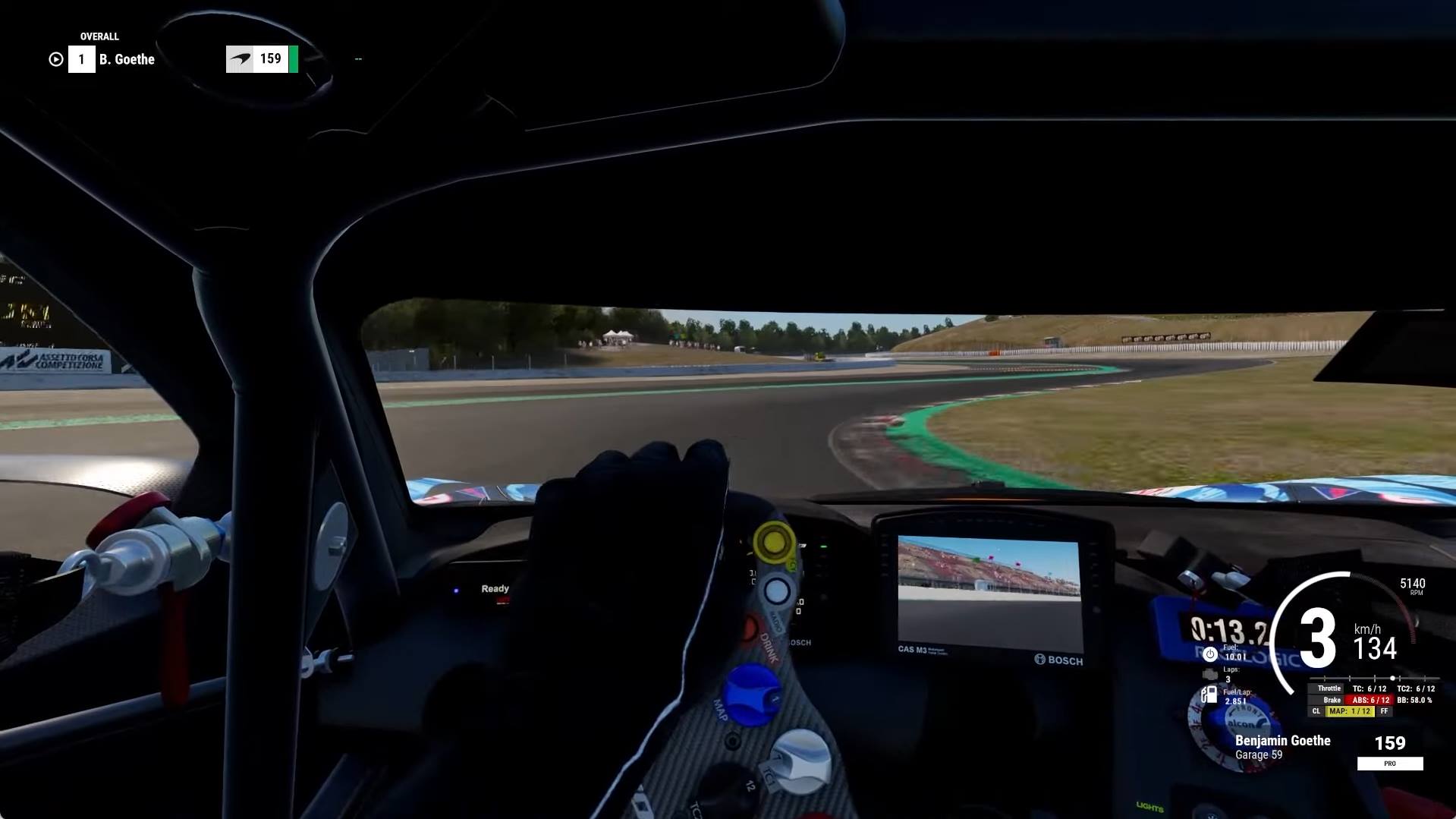
Let’s look at some common mistakes made when attempting to use this braking technique.
Many drivers handle the transition from braking to steering into the curve completely wrong.
After braking in a straight line approaching a curve, they abruptly release the brake as they start to turn.
This behavior can cause significant problems because when the brake is released too quickly, the front of the car tends to lift, reducing load and consequently grip on the front wheels.
This sudden change in weight and balance can lead to a loss of control.
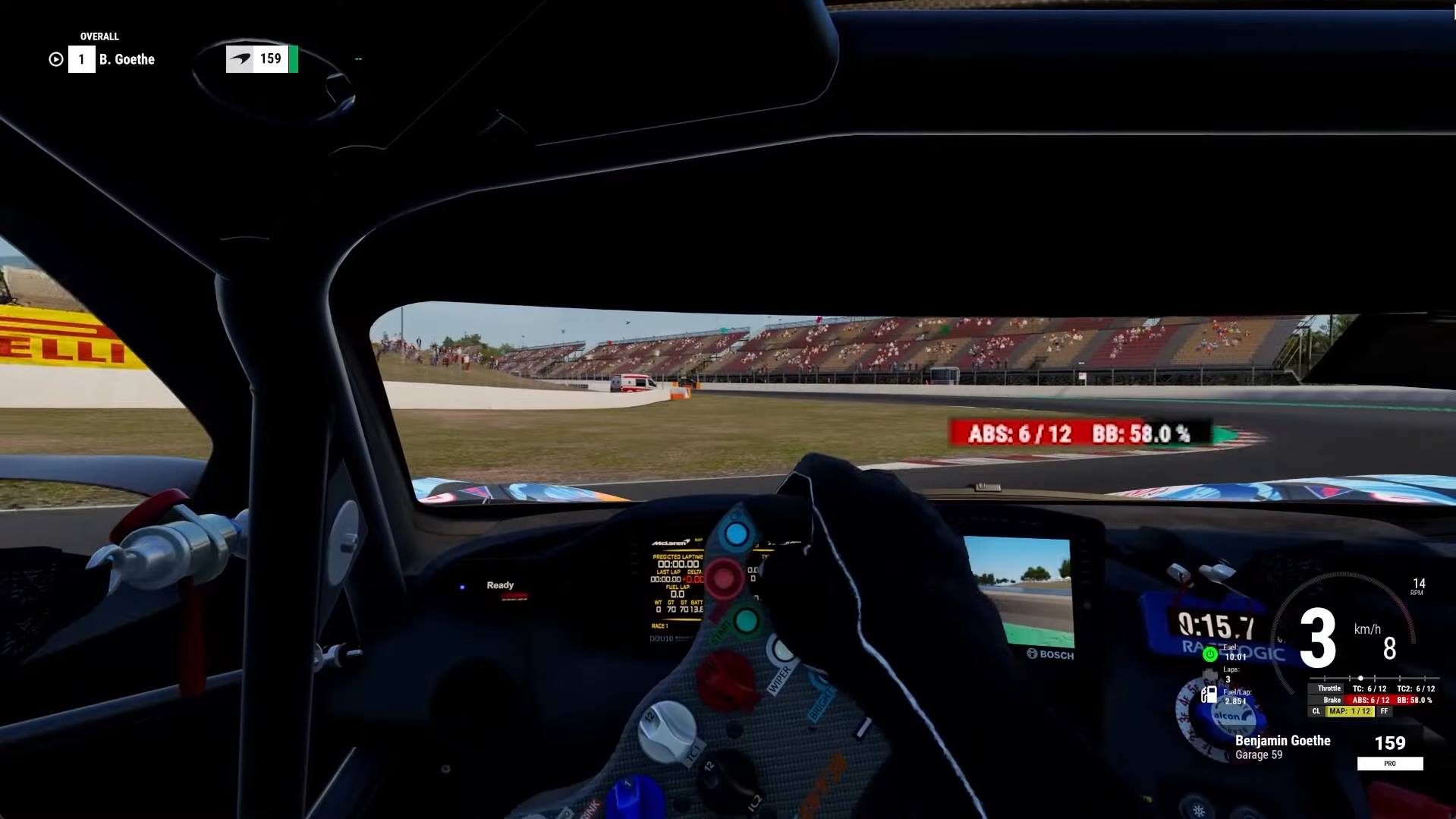
In practice, the weight shifts suddenly from the front to the rear axle, making the car unstable.
To avoid this error, it’s crucial to learn to release the brakes gradually while starting to steer, maintaining a certain degree of control and grip on the front wheels.
This allows for a smoother and controlled transition between braking and corner entry, contributing to safer and more performant driving.
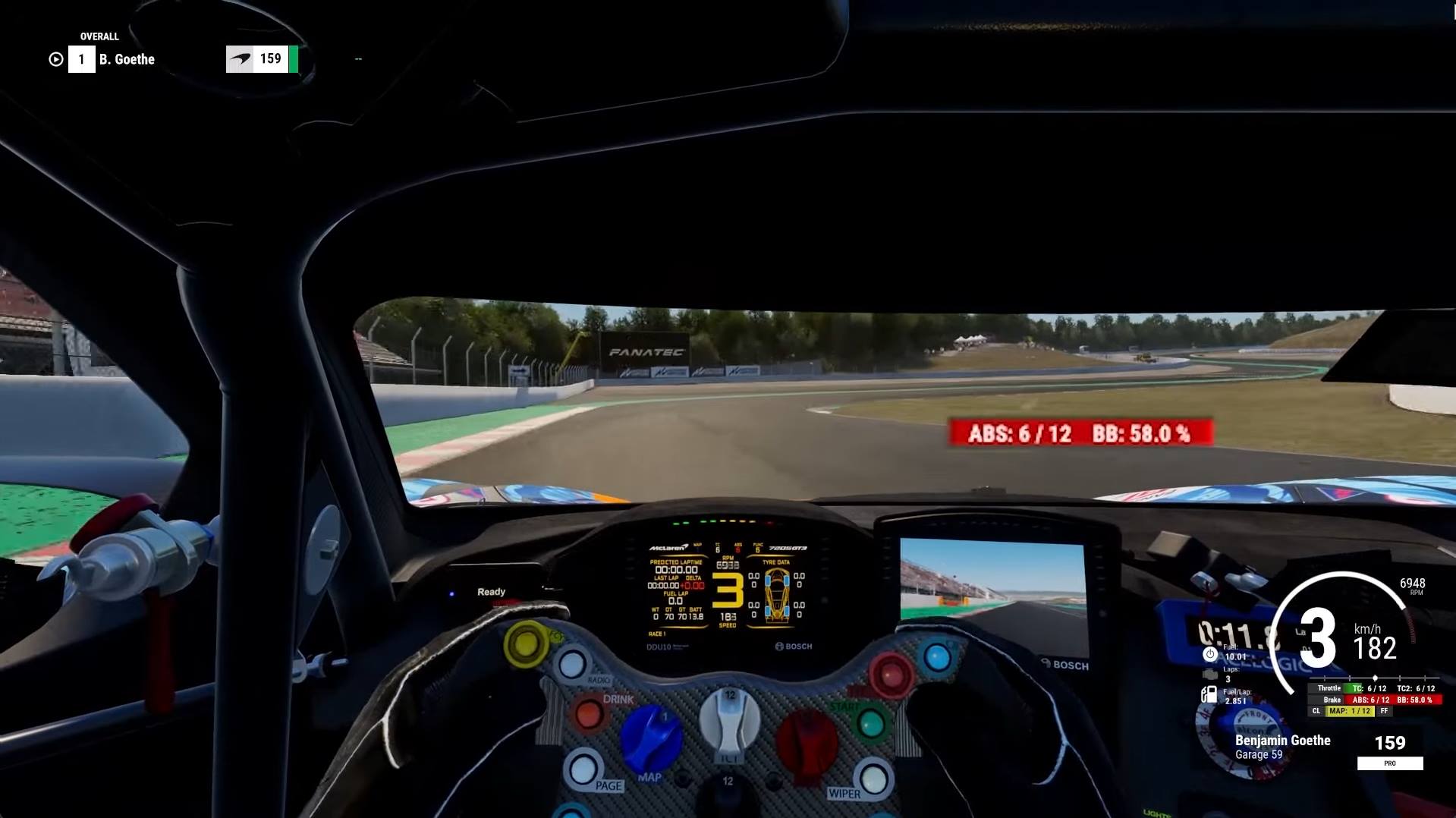
Another common error in using Trail-Braking involves the driver’s sensitivity in managing brake pressure during the curve entry phase.
Often, drivers maintain too high a brake pressure while turning, higher than what is actually needed.
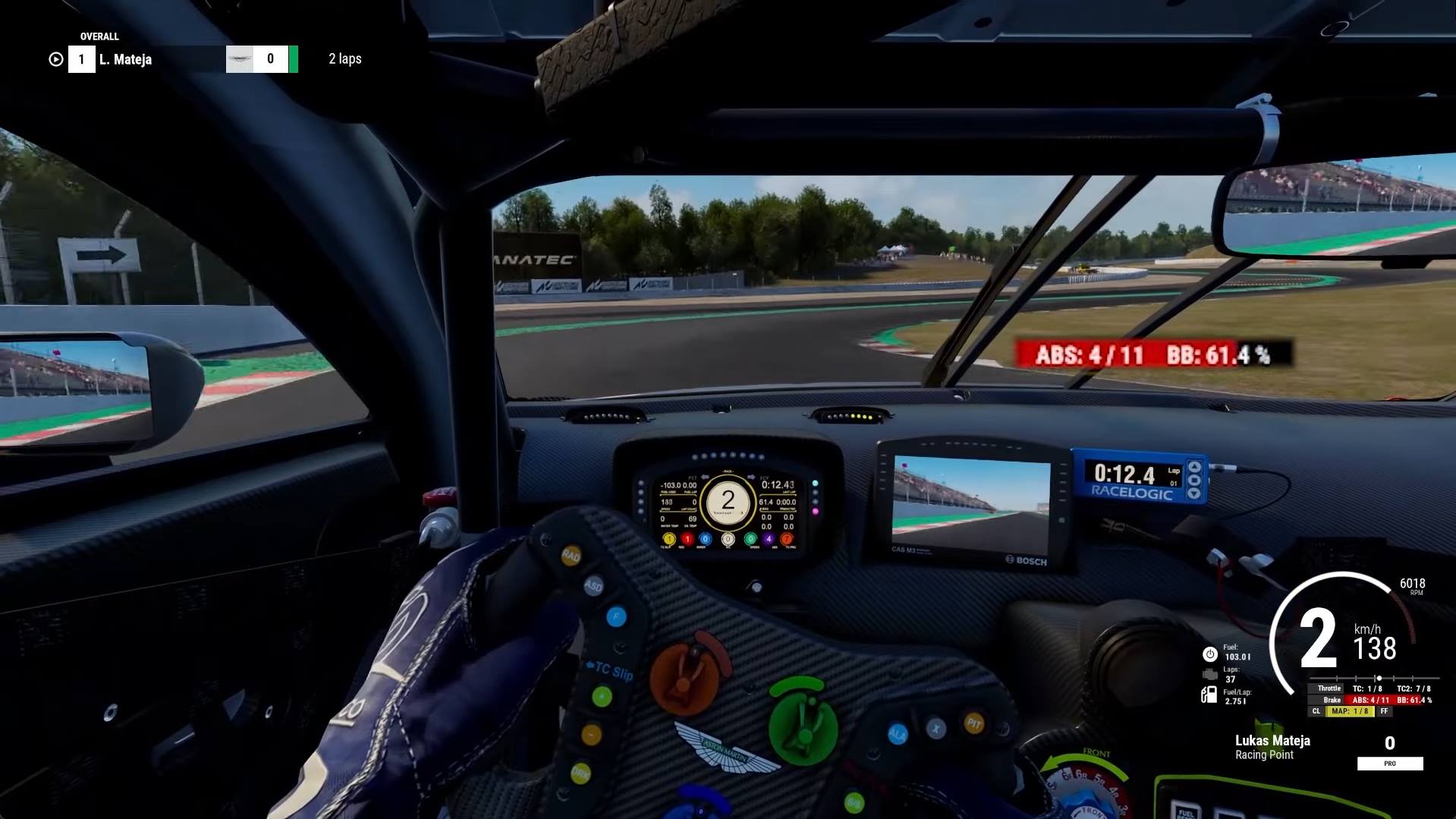
On a straight stretch, it’s possible to brake hard because the car doesn’t need to make steering maneuvers and can use all the tire grip to slow down.
However, when approaching a curve, it’s crucial to lighten the brake pressure to allow the car to start turning.
Maintaining excessive brake pressure while turning can create balance issues in the car, as mentioned earlier, with too much pressure on the front axle.
This will lower excessively while the rear becomes lighter and unstable, potentially leading to oversteer.
In practice, the car can become difficult to control because once again, it is not correctly balanced.
The key, then, is to significantly reduce, but not completely eliminate, brake pressure during the Trail-Braking phase.
This allows the driver to enter the curve faster and with a more balanced car.
Another frequent issue is the transition from maximum braking to Trail-Braking, or when to start lightening the brake pressure during corner entry.
Many drivers tend to maintain maximum brake pressure for too long as they approach the curve entry point.
Similar to what was mentioned earlier, here too, all the load is shifted to the front, making the rear very light and increasing the risk of oversteer.
The moment when the driver starts to lighten the brake pressure is crucial.
If this happens too late, after already starting to turn, it can be difficult to reestablish proper balance.
In fact, you should start reducing brake pressure slightly before entering the corner, allowing for greater grip and bringing more speed to the apex.
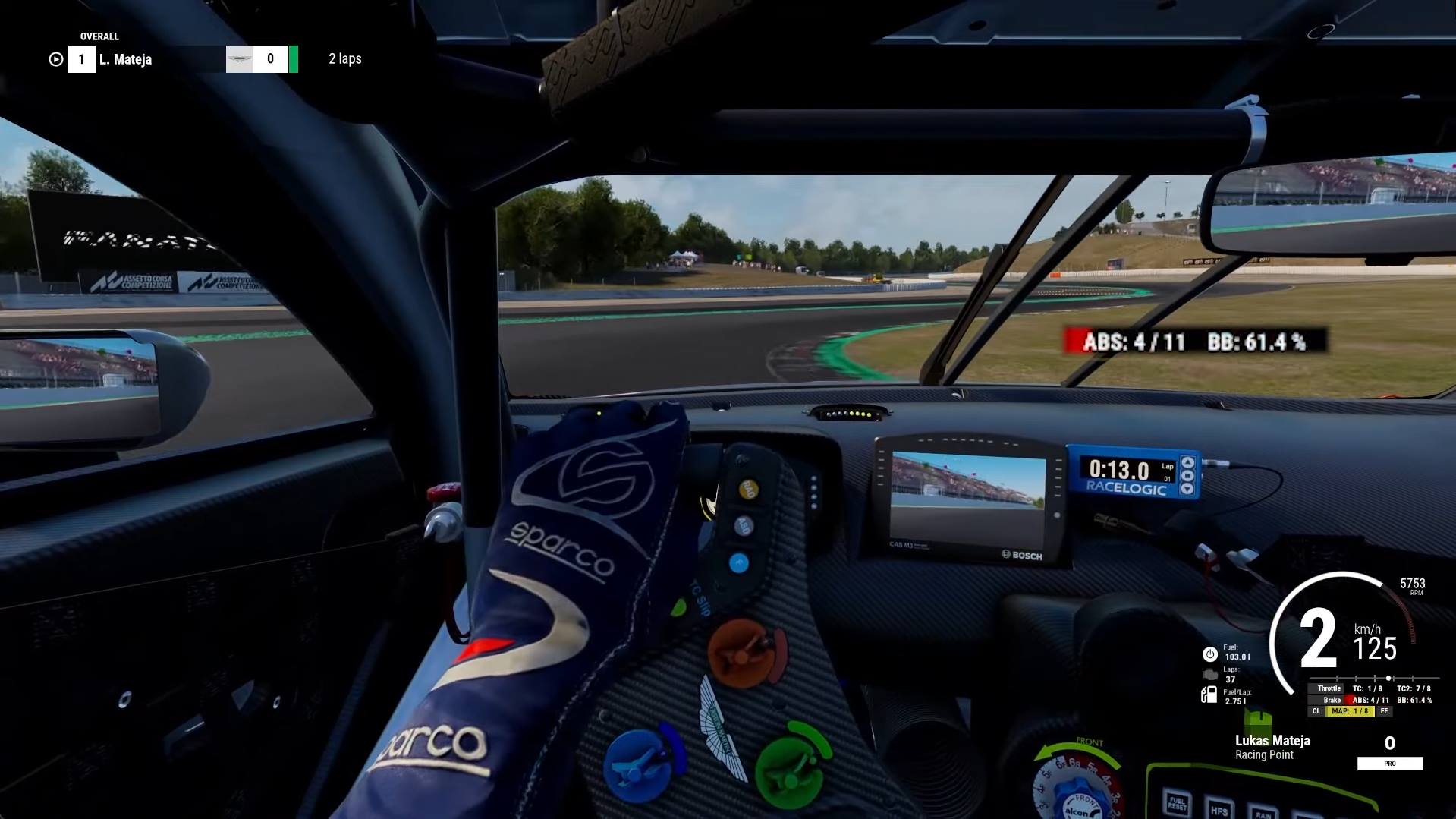
In summary, effective use of Trail-Braking requires drivers to constantly evaluate different race situations and adapt to the car and track conditions, modifying their braking technique to maximize grip and performance in curves.
There is no fixed rule on when to completely release the brakes.
As a guideline, if oversteer occurs, you may need to lighten the brake pressure a bit earlier.
Conversely, in case of understeer, where the front of the car lacks sufficient grip, it can be helpful to maintain Trail-Braking longer to add more weight to the front and improve steering.
The secret to good Trail-Braking starts with a correct choice of braking point and slightly anticipates steering input, in a gentle and precise manner, without rushing to turn the wheel.
This way, you stay on the ideal braking line and start releasing brake pressure gradually.
You should always think that the steering wheel mainly serves to give direction to the car, not to make it rotate.
For that, there are the brakes, which increase the grip of the front wheels, making the car more predisposed to rotate in the curve.
For the same reason, you must carefully avoid turning the steering wheel excessively during Trail-Braking, to not overuse the front grip.
This will end up causing both tires to drift, resulting in the car being less inclined to rotate but more prone to understeer at the entry.
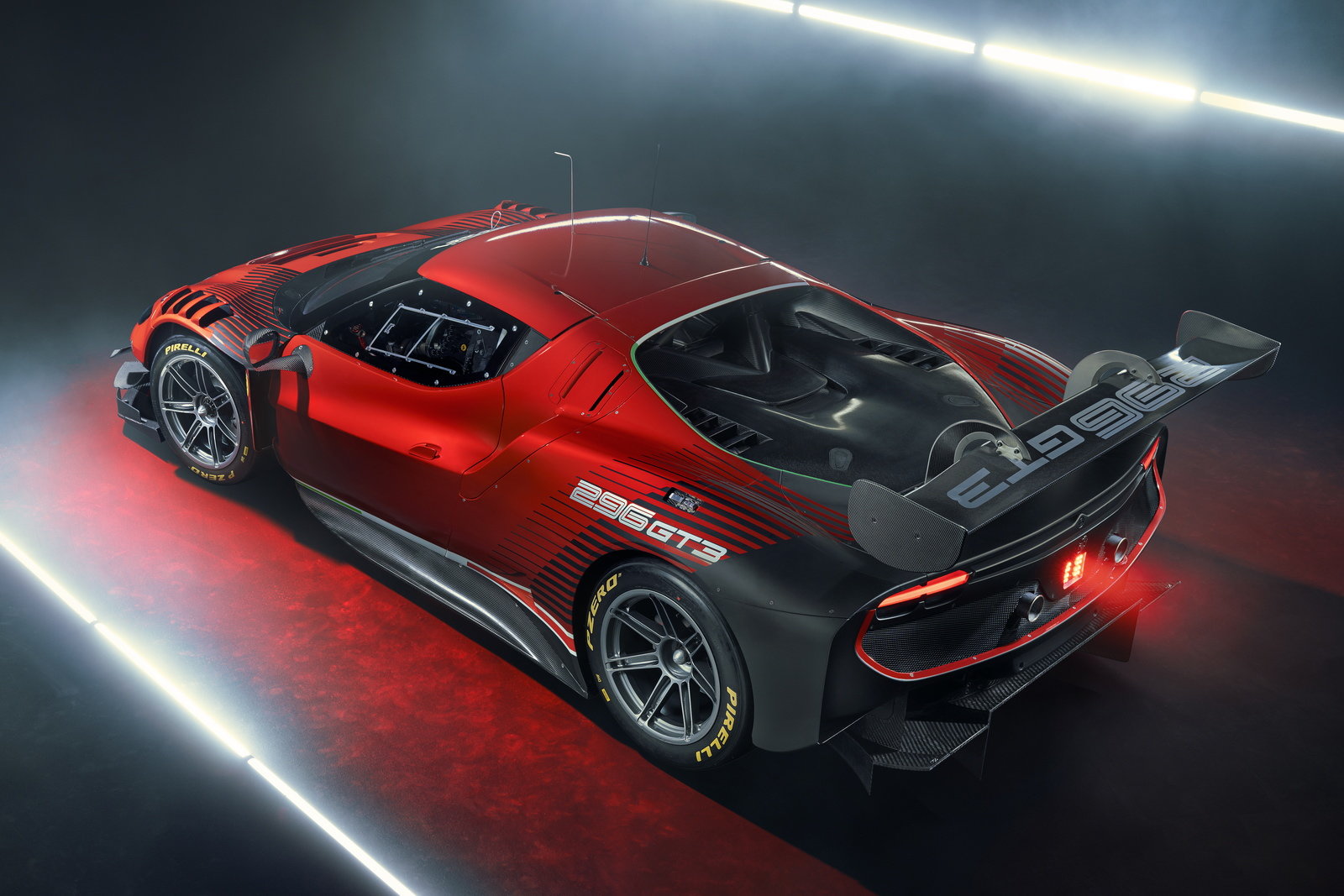
Well, we’ve reached the end of this article that can help you refine the trail-braking technique on Assetto Corsa Competizione.
However, learning to drive on simulators is not easy at all.
It’s a process that requires time, dedication, commitment to the cause, but above all an investment in yourself.
Once these techniques are learned and applied correctly, with any car or track you try, you’ll have the keys to achieving your goals on track and beating your opponents.
There’s no other solution: YOU MUST MASTER THE DRIVING TECHNIQUES CORRECTLY.
We at Università del SimRacing will help you do this as quickly and profitably as possible.
We are professionals in the sector and have already helped thousands of drivers significantly lower their lap times.
Continue reading our blog posts by clicking the button below:
See you soon!
